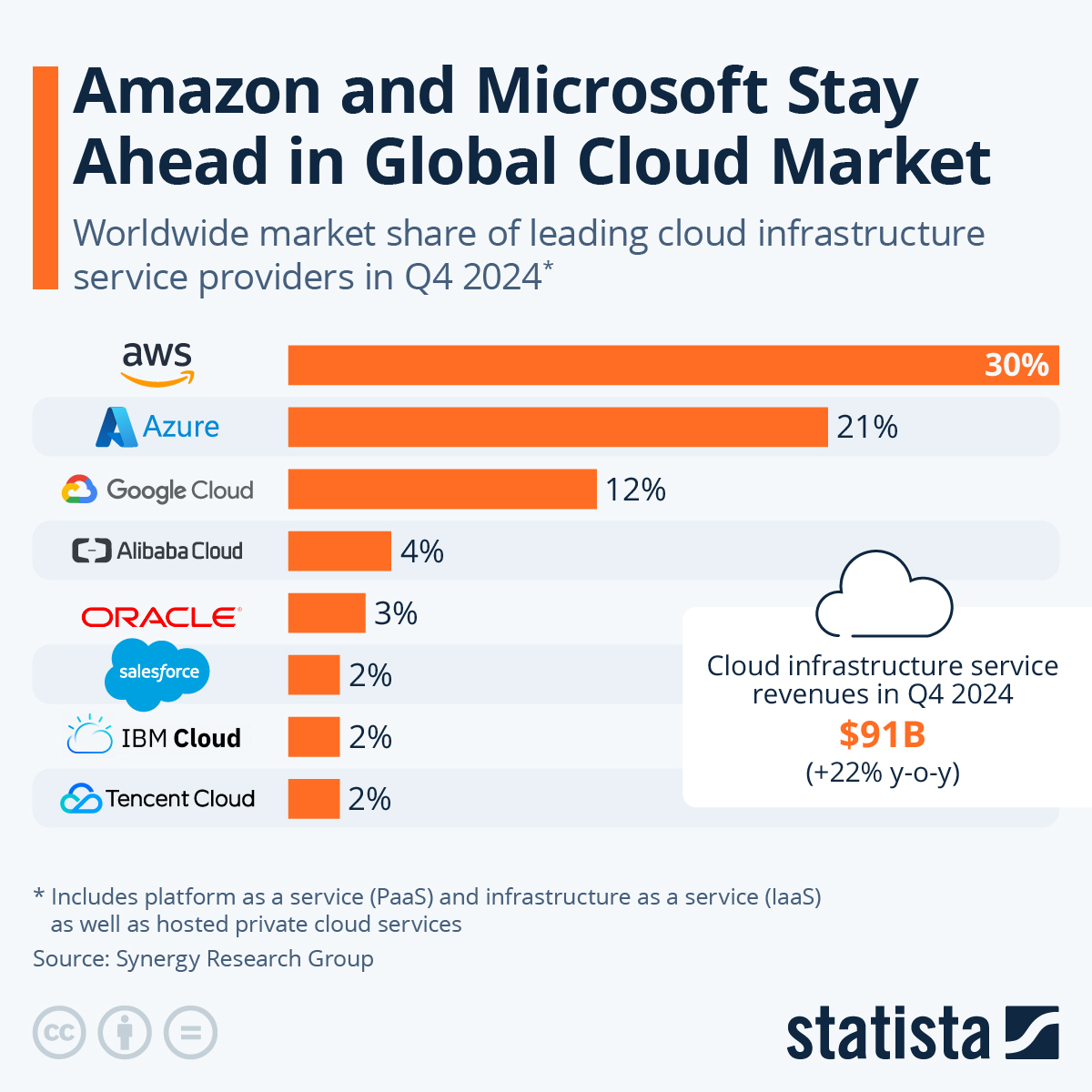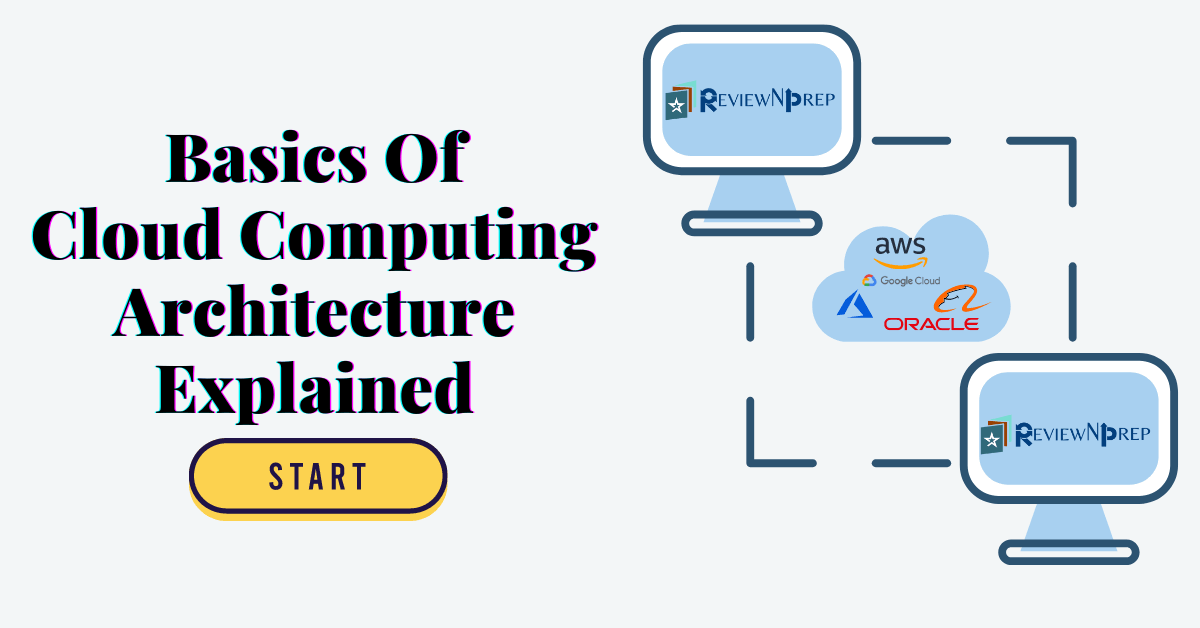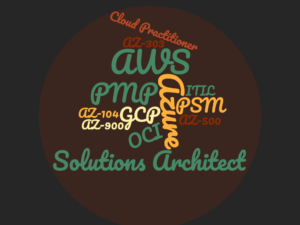|
|
Cloud architectures represent different ways of delivering applications and services to users over the internet. Well-Architected Framework is a must for all Cloud Architects to design and build cloud-based applications. There is a lot in the Well-Architected framework, but getting the fundamentals right is an important thing. This blog talks about the fundamentals of cloud architecture.
Table of Contents
What Is Cloud Computing?
Cloud computing pertains to internet-based hosting and other services such as databases, applications, analytics, and other platforms. In other words, any service that can be given without being physically near the hardware qualifies. Netflix, for example, employs cloud computing to provide video streaming services. One illustration is G Suite, which is entirely cloud-based. Simply described, cloud computing is the distribution of on-demand services (such as a virtual server, database, software, and so on) through the internet. It also enables the creation, design, and management of cloud-based applications.
Cloud computing, without a doubt, is here to stay. It now permeates every aspect of our life, providing several benefits in versatility, availability, storage, communication, scalability and maintenance, among others. Cloud-based software and services such as Google Docs, Skype, and Netflix are accessible via conventional internet access or a virtual network. Most organizations are moving to the cloud because they demand a lot of compute and storage, which cloud computing platforms give. It offers users more bandwidth, allowing data to be accessed from anywhere globally at any time.
Cloud Computing Services Provider
Some of the popular cloud service providers are:
 You will find more infographics at Statista
You will find more infographics at Statista
Advantages of Cloud Computing
Below are some of the advantages of using cloud
- Because of the global infrastructure, cloud reduces latency while accessing the applications and data.
- Cloud lowers IT operational expenditures as organizations offload some of the costs and effort associated with purchasing, installing, configuring, and managing their own on-premises infrastructure.
- Cloud provides elasticity and enables enterprises to scale up or scale down their servers compute power with ease.
- It expedites disaster recovery, helps with business continuity while ensuring high application security and data security.
- If SaaS model is used, all the underlying services and infrastructure are updated automatically.
- It makes an organization more agile thereby ensuring faster go to market and time-to-value.
Types of Cloud
Cloud architectures can be divided into three categories: public, private, hybrid and serverless. Let us understand in details the different types of cloud computing.
Public Clouds: Public clouds are hosted by an organization that provides resources, such as storage or processing power, to its customers on a pay-as-you-go basis. Customers can access the public cloud through a web browser or application programming interface (API). The most popular public clouds are Amazon Web Services (AWS), Google Cloud Platform (GCP), Microsoft Azure, and IBM SoftLayer.
Private Clouds: Private clouds are hosted by an organization that maintains control over the software, hardware, data centers, networking infrastructure, and security of the cloud. Private clouds are typically used by organizations that want to manage their own IT resources, such as applications and data. The most popular private clouds are Amazon Web Services (AWS), Google Cloud Platform (GCP), and Microsoft Azure.
Hybrid Clouds: Hybrid clouds are a combination of public and private clouds. A hybrid cloud enables you to use public or private clouds to deliver an application or service. For example, you can use AWS to host your web applications, and your on-premises infrastructure to host your storage. Typically, this will include VPN links to connect the clouds together and may include features such as the ability to “burst” workloads into the public cloud as necessary.
Multi-Cloud: Some organizations do not want to be locked into a contract till eternity with the cloud providers and prefer a multi-cloud approach. For example, if architected properly, the compute might be from Azure as the application is written in .NET, while the blob storage might be AWS Simple Storage Service, S3. This gives companies a greater flexibility and leverage to change cloud providers as and when needed. The most popular use case is combining the on-prem infrastructure with that of a cloud provider.
Models Used In Cloud Architecture
Technology organizations adopt one of three models(or a combination) for their cloud architecture. Each model comes with its own benefits and features.

- Software as a Service (SaaS): SaaS architecture providers deliver and maintain applications and software to organizations over the Internet, thereby eliminating the need for end users to deploy the software on Public or Private cloud. SaaS applications are typically accessed via a web interface available from a broad variety of devices and operating systems. Typical examples include Gmail, Salesforce.
- Platform as a Service (PaaS): In this cloud model, the cloud service provider delivers the networks, servers and storage required to host an application while the customer takes care of the software deployment and configuration settings.
- Infrastructure as a Service (IaaS): In this cloud model, organizations manage their software and applications, and only pay for the capacity they need at any given time.
- Serverless: Advancement in cloud computing has led to serverless cloud computing. Organizations just need to worry about their code and leave all infrastructure decisions to the cloud providers. Serverless architectures are highly scalable and event-driven, only using resources when a specific function or trigger occurs. This can save time and money for the organizations if architected properly.
Cloud Computing Architecture
As with all the technology architectures, at basic level, you can divide it into two layers, front-end and back-end. These two layers are accompanied by things such as a networking, automation and security. More complex architectures are n-tiered with multiple layers in between the front end and the backend.
Let us look at some of these components in a little more detail.
Front-end
Data storage, virtual machines, virtualization software, and other software and hardware components make up cloud infrastructure. Front-end systems (clients) access the cloud environment using the Internet or in some cases a virtual private network (VPN) link. This could be using a web browser, mobile app, or client-based software.
Backend
It’s in charge of keeping track of all the programs that operate the applications on the front end. It has a significant number of servers and data storage systems. The backend may include the pooled cloud infrastructure resources, data, and applications. For high availability, these resources could be spread in more than one geographic location.
Application
This refers to either software or a platform. The application presents the output to an end-user (with resources) based on the client’s requirements in the back end.
Storage
Storage could be a SQL based storage or a no-SQL storage to store and preserve data like files, movies, documents and relational data.
Service
In order for an application to connect to the storage, in most cases a service is used. Common example is WebServices or an API.
Management
Its job is to allocate specialized resources to specific tasks while also performing numerous cloud-related operations. It aids in administering applications, tasks, services, encryption, data storage, and cloud system resources. Management model is also dependent on if an organization choose IaaS, PaaS, SaaS or Serverless.
Security
Security includes, policies, technologies, and controls that strengthen the security thereby helping protect the data, apps, and infrastructure from potential threats. It also integrates security management into the cloud server via virtual firewalls, limiting data loss.
What’s Next?
Cloud Solutions Architect
In the current era of technological change, cloud computing is one of the most sought-after professional options. According to LinkedIn, Cloud Computing will be the second most in-demand expertise in 2022, and many companies are looking for experts in this field. Individuals can start off with becoming a cloud architect for a rewarding career.
Skillset For Cloud Architect
To work as an architect, one must have a specialization in Cloud Computing service or IT sector. Their technological abilities are their most valuable asset. The following are among some of the Cloud Architect requirements:
- Working knowledge of a a cloud service provider
- Expertise with a relational or NoSQL database is required
- Programming abilities
- Network administration abilities
- Containerization using Kubernetes and Docker
- Cloud hosting and security expertise
Jobs For a Cloud Solutions Architect
There are several career prospects for qualified architects with strong Cloud Computing expertise. For 1-3 years of hands-on experience, the estimated total pay for a Cloud Architect is $134,210 per year in the United States area, with an average salary of $112,968 per year.
Blog
These are some of the job titles for the Cloud Architect professionals:
- Cloud Specialist (AWS, Azure)
- Service Cloud Architect
- Senior IT Architect
- Cloud Data Architect
- Solutions Architect
- Cloud Architect
- Security Architect
Conclusion
Thanks to cloud computing architecture, organizations can safely develop apps and deploy cloud services depending on their requirements. In this post, we learned what cloud technology is and it’s advantages. Developing cloud architecture necessitates a thorough understanding of cloud design concepts, business motivations, and in-depth technical knowledge of at least one primary cloud provider. As a result, Cloud Architect — also known as Solutions Architect — positions are not only in high demand but also among the highest-paying in the IT sector.
Further Reading: Cloud Well-Architected Framework is a must for all Cloud Architects.

